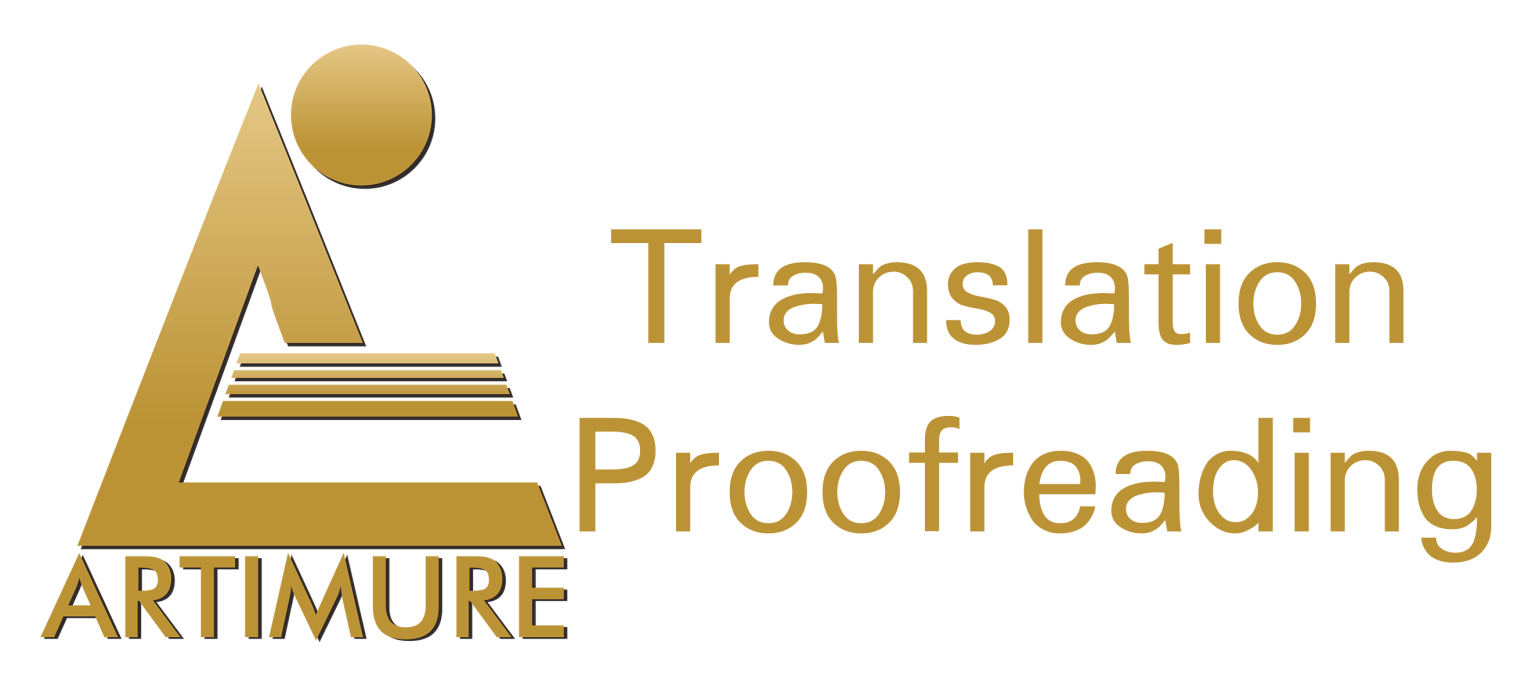Persuasive Communication: What Do Existing Literature Tells Us About Persuasive Communication Among Students?
DOI:
https://doi.org/10.31849/utamax.v2i1.3468Keywords:
Persuasive Communication, Persuasiveness, Education Students, Speaking, SkillAbstract
In comparison to studies on the improvement of students’ motivation to learn in class, there is a lack of studies on the improvement of students’ ability to motivate others to learn in class by persuasion. Meanwhile, Education Department students who are future teachers are expected and evaluated on their ability to be persuasive. As a first step to address this gap, this present study aims to review the current literature on the persuasiveness of students. Specifically, this study proposed the research question “What do existing literature tells us about persuasive communication among students?” Using keyword-based search as a basis for the library research method, from 269,000 results from Google Scholar this qualitative study collected a total of 76 as raw data over 3 months from October to December 2019. With NVivo 12 software, this present study selected only the most relevant studies to the research question to be analyzed. Analysis on the remaining 16 studies indicated that research interest in persuasive communication among students is increasing during the last five years. Many of the students’ involved in such studies, however, are mainly English, Business, or English Business students. There is still room to explore and learn more about persuasive communication with other types of variable and demography.
References
Adaji, I., & Vassileva, J. (2016, April). Persuasive patterns in Q&A social networks. In International Conference on Persuasive Technology (pp. 189-196). Springer, Cham.
Al-Tamimi, A., & Shuib, M. (2016). Public Speaking Skills Needs of English Majors at Universiti Sains Malaysia. LSP International Journal, 3(1). 31-42
Anderson, L. B., Gardner, E. E., & Wolvin, A. D. (2019). Constructing narratives of success in the introductory communication course: Using written self-assessments to understand students’ perceptions of learning. Communication Teacher, 33(2), 164-178.
Davis, A., Linvill, D. L., & Jacobs, M. E. (2017). Communication center effectiveness: The impact of tutoring on speech performance. Communication Center Journal, 3(1), 23-33.
Derin, T., Deliani, S., Fauziah, N., Afifah, N., & Hamuddin, B. (2019). Indonesians' Tendency to Refer Abbreviation as Acronym: Types of Abbreviation as Word Formation Process. Globish: An English-Indonesian Journal for English, Education, and Culture, 8(2).
Derin, T., Putri, N. S., Nursafira, M. S., & Hamuddin, B. (2020). Discourse Analysis (DA) in the Context of English as a Foreign Language (EFL): A Chronological Review. ELSYA: Journal of English Language Studies, 2(1), 1-8.
Edhlund, B., & McDougall, A. (2019). NVivo 12 Essentials. Lulu. com.
Fauzan, U. (2017). Inducing Critical Discourse Analysis in Speaking Syllabus for EFL Students of Indonesian Islamic Universities. Dinamika Ilmu, 17(1), 129-141.
Fauzi, A., & Ilahi, T. (2017). Teaching Persuasive Language Through Critical Discourse Analysis Of Malala Yousafzai’s Speech.
Gistituati, N., Refnaldi, R., & Syaifullah, S. (2018). Using Visual Aids to Develop Students’ Speaking Skill. In International Conference on Islamic Education (ICoIE 2018). Atlantis Press.
Hahn, A. H. (2016). Teaching persuasion through personal advocacy. Communication Teacher, 30(1), 33-38.
Hamm, P. H., & Dunbar, N. R. (2005). Teaching and persuasive communication: class presentation skills. Brown University, 10-12.
Hamuddin, B., Kurniawan, K., Syaifullah, S., & Herdi, H. (2018). Detecting Major Problems in Learning English Through Blog-based Class. Journal of Education and Learning, 12(3), 529-537.
Hamuddin, B., Syahdan, S., Rahman, F., Rianita, D., & Derin, T. (2019). Do They Truly Intend to Harm Their Friends?: The Motives Beyond Cyberbullying among University Students. International Journal of Cyber Behavior, Psychology and Learning (IJCBPL), 9(4), 32-44.
Houghton, C., Murphy, K., Meehan, B., Thomas, J., Brooker, D., & Casey, D. (2017). From screening to synthesis: using nvivo to enhance transparency in qualitative evidence synthesis. Journal of clinical nursing, 26(5-6), 873-881.
Jackson, K., & Bazeley, P. (2019). Qualitative data analysis with Nvivo. SAGE Publications Limited.
Krause, R. J., & Rucker, D. D. (2019). Strategic Storytelling: When Narratives Help Versus Hurt the Persuasive Power of Facts. Personality and Social Psychology Bulletin, 0146167219853845.
Lazowski, R. A., & Hulleman, C. S. (2016). Motivation interventions in education: A meta-analytic review. Review of Educational research, 86(2), 602-640.
Lee, Y. J., & Davis, R. (2017). Literature Review of Microteaching Activity in Teacher Education Programs: Focusing on Pre-service Teachers’ Self-efficacy Beliefs. 문화와융합, 39(4), 203-222.
Lonigro, A., Baiocco, R., Baumgartner, E., & Laghi, F. (2017). Theory of mind, affective empathy, and persuasive strategies in school‐aged children. Infant and Child Development, 26(6), e2022.
Luke, J. Y., & Soraya, K. (2017, July). Gender differences in the use of SCREAM Rhetorical devices displayed on video presentations: (An analysis of undergraduate students' persuasive presentations). In 2017 10th International Conference on Human System Interactions (HSI) (pp. 111-115). IEEE.
McGeough, R., & Rudick, C. K. (2018). “It was at the library; therefore it must be credible”: Mapping patterns of undergraduate heuristic decision-making. Communication Education, 67(2), 165-184.
Orvell, A., Kross, E., & Gelman, S. A. (2019). “You” and “I” in a foreign land: The persuasive force of generic-you. Journal of Experimental Social Psychology, 85, 103869.
Peters, J., & Hoetjes, M. W. (2017). The effect of gesture on persuasive speech.
Rao, P. S. (2018). The role of teachers in developing speaking skills in english language classrooms. ACADEMICIA: An International Multidisciplinary Research Journal, 8(12), 5-14.
Silverman, D. (Ed.). (2016). Qualitative research. Sage.
Stern, B. J., Beutnagel, M. C., Conkie, A. D., Schroeter, H. J., & Stent, A. J. (2017). U.S. Patent No. 9,761,218. Washington, DC: U.S. Patent and Trademark Office.
Stiff, J. B., & Mongeau, P. A. (2016). Persuasive communication. Guilford Publications.
Wati, H. (2011). The effectiveness of Indonesian English teachers training programs in improving confidence and motivation. International Journal of Instruction, 4(1).
Williams, S. E., Pickett, A. C., & McGill, C. M. (2019). Examining the Perceived Needs of Teacher Education Students for Facilitating Play. Action in Teacher Education, 1-15.
Youssef, K., Ham, J., & Okada, M. (2016, November). Investigating the effects of the persuasive source’s social agency level and the student’s profile to overcome the cognitive dissonance. In International Conference on Social Robotics (pp. 115-125). Springer, Cham.
Yunira, S. (2019). The Ignored Skill in EFL Context “Listening”: A Review of Selected Article From Omar Gokhan. ELSYA: Journal of English Language Studies, 1(1), 22-27.
Yusuf, R., & Anwar, A. (2019). An Article Review on “The Use of Politeness Strategies in the Classroom Context by English University Students. ELSYA: Journal of English Language Studies, 1(2), 32-36.










